It’s no secret that stocks in 2022 are off to a less than favorable start, and tech investors are becoming increasingly selective about the risks they’re willing to take – many pulling back from parts of the market that are sensitive to inflation and rising interest rates. Businesses big and small – and particularly startups – are understanding the need to tighten their budgets due to the shift in the market, with top startup accelerator Y Combinator advising its founders: “You can often pick up significant market share in an economic downturn by just staying alive.”
But it’s not all doom and gloom.
Managing your Cloud spend could help cut costs significantly
While organizations look for ways to cut costs in the seemingly obvious places, they often miss the fact that Cloud spend is one of their biggest expenses. In fact, according to Gartner, public cloud spending will reach a whopping $360 billion by 2022. The truth is that Cloud spend is often the largest spend for organizations (after salaries), especially for tech companies big and small, both bottom and top lines for enterprise P&Ls. It has become exorbitant and it is likely to increase further.
That’s where FinOps comes in
Often, CFOs, COOs and team leaders feel as though they can’t control Cloud costs, allocate the costs to the various business units, or explain these costs to management or investors. But it doesn’t have to stay this way.
FinOps is the most efficient way in the world for companies to manage their Cloud costs. At its core, it is a cultural practice that enables companies to drive better utilization with constant visibility into Cloud spend. Organizations with a healthy FinOps culture are able to be more efficient (do more with lower spend), better control their costs and cost allocation, gaining clearer visibility into how to price their product and improve product pricing by cutting down costs significantly.
Data-driven processes and real-time reporting are key FinOps functions and result in cost optimization efficiency. For example, teams can accelerate business decisions based on an accurate cost allocation of the required cloud resources. .
Amid talks of a brewing recession, FinOps offers companies the reassurance of not just saving money, but making money. A healthy FinOps culture can cut spending by 20-30%. After all, an efficient Cloud spend can drive more revenue for the business.
How do you begin? CloudZone has you covered.
CloudZone can help you build a FinOps culture within your organization, providing you with full control over the resources and forecasting to put you back in the pilot seat!
We’ll hold your hand along your FinOps journey through a simple, three-phased approach:
- Inform: This is the first phase in the FinOps journey, empowering organizations and teams with visibility, allocation, benchmarking, FinOps best practices, which can reduce your costs dramatically.
- Optimize: Goals are set for measured improvements to the Cloud. You will receive a list of tasks/action items and their potential savings. Once organizations and teams are empowered, all they need is to define priorities based on the ROI and the estimated efforts. Optimization of the cloud footprint is immediate and visible
- Operate: Organizations start to continuously monitor their cloud spend, eliminate Zombies and constantly adjust cloud resources to the actual requirements.
Evaluation of business objectives and the metrics they are tracking against those objectives, are clear for Finance, Product, Teach teams and management
Our job is to make sure that when you get your (usually highly complex) Cloud bill, you already know how to cut the costs. Leveraging our deep understanding of the public Cloud, we adopt a proactive approach – casting a fresh eye over all your Cloud usage and carrying out continual monitoring to assess your position.
Whilst uncertain times can be uncomfortable, they can also bring enormous opportunities. Contact the CloudZone team today to learn more about FinOps and how to get started.

